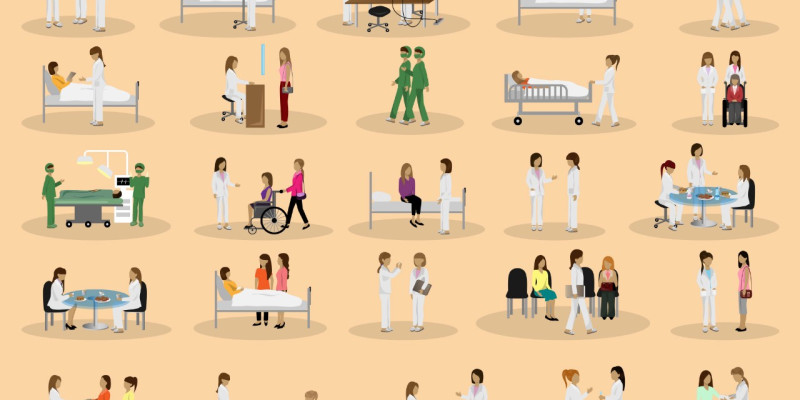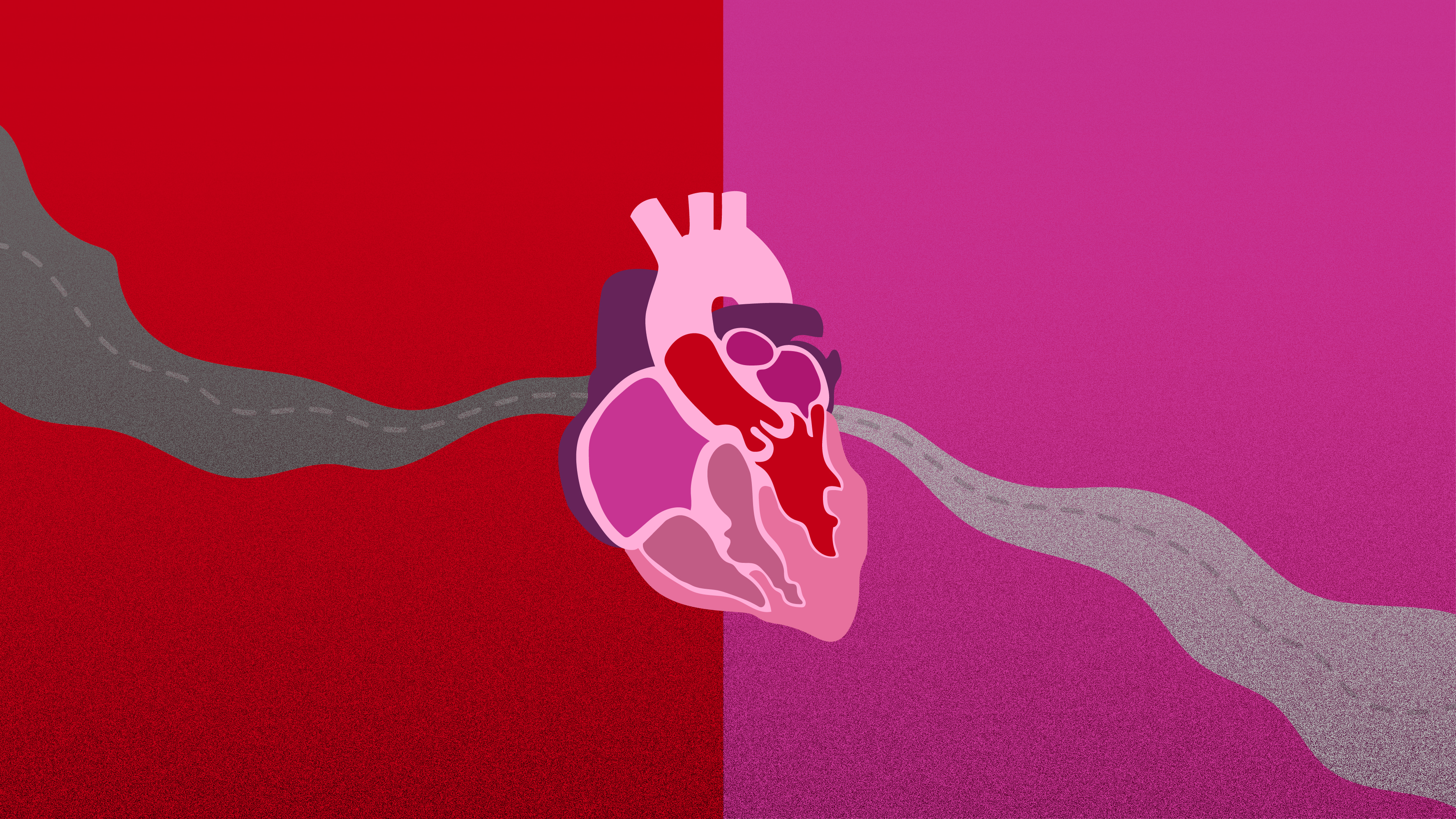Key Points:
- Hypertension (HTN) is a major driver of stroke and cardiovascular disease, especially in rural and resource-limited areas
- The IMPACT-BP trial was an open-label, randomized trial in rural South Africa (KwaZulu-Natal) comparing standard clinic-based care with two home-based, community health worker (CHW)-supported BP management strategies
- The home-based CHW model achieved a mean systolic BP reduction of -7.9 mmHg; the enhanced CHW model (with cellular-transmitting BP devices) achieved -9.1 mmHg vs standard-of-care (both p < 0.001) as well as improved HTN control (57.6% in standard care vs 76.9% (CHW) and 82.8% (enhanced CHW)) at 6 months, sustained through 12 months
- Furthermore, patient safety and retention were excellent, further supporting the benefit of CHWs in HTN and other chronic non-communicable diseases (NCDs).
Hypertension (HTN) remains a major driver of stroke and heart disease, especially in resource-constrained regions like rural South Africa. Despite the availability of effective, low-cost medications, control rates stay low due to challenges such as clinic overcrowding, long travel distances, transportation costs, and limited patient engagement in self-care. The IMPACT-BP (“Implementation of a Combination Intervention for Sustainable Blood Pressure Control”) trial aimed to evaluate whether home-based, technology-supported, community health worker (CHW) interventions could improve hypertension outcomes in such settings.
This open-label, three-arm randomized controlled trial was conducted at the Africa Health Research Institute (AHRI) in KwaZulu-Natal. It enrolled adult patients with uncontrolled HTN, defined per South African guidelines (two SBP readings >140 mmHg and/or DBP >90 mmHg at least six months apart). Participants (n = 774; mean age 62, 76% women, 14% with diabetes, 47% living with HIV) were randomized to: 1) standard clinic-based care, 2) home-based BP self-monitoring via CHWs, who delivered medications and collected readings to support nurse-led remote management via an app, or 3) an enhanced CHW intervention featuring BP devices with cellular connectivity to automatically transmit readings. The primary endpoint was change in systolic BP at 6 months. Control rates and safety were also assessed.
At 6 months, the CHW model achieved a mean SBP reduction of -7.9 mmHg (95% CI, -10.5 to -5.3), while the enhanced CHW model saw a reduction of -9.1 mmHg (95% CI, -11.7 to -6.4), both highly significant versus standard care (p < 0.001). HTN control rates were substantially higher: 57.6% (standard care) vs 76.9% (CHW) and 82.8% (enhanced CHW). Benefits persisted at 12 months. Severe adverse event rates (2.7%) and deaths (1.0%) were low and similar across groups, and retention exceeded 95%. Patients reported empowerment and enjoyment in managing their own BP.
IMPACT-BP demonstrates that bringing HTN care into patients’ homes via CHWs and technology can markedly improve BP outcomes in underserved rural communities. The intervention addresses structural barriers, including clinic congestion, cost, and access challenges, while enhancing patient engagement and autonomy. The enhanced CHW arm, with automated device connectivity, yielded the greatest benefit, highlighting the value of integrating digital tools.
Co-Principal Investigator Dr. Thomas Gaziano emphasized that home-based, patient-centric care models can substantially transform HTN management where traditional clinic-based approaches falter. Co-PI Prof. Nombulelo Magula added: “Achieving hypertension control in over 80% of people in a predominantly Black African community in rural South Africa is a clear example that equitable health care access can be achieved in disadvantaged communities.” Furthermore, she noted that this model could be extended to manage multiple chronic conditions beyond HTN.




